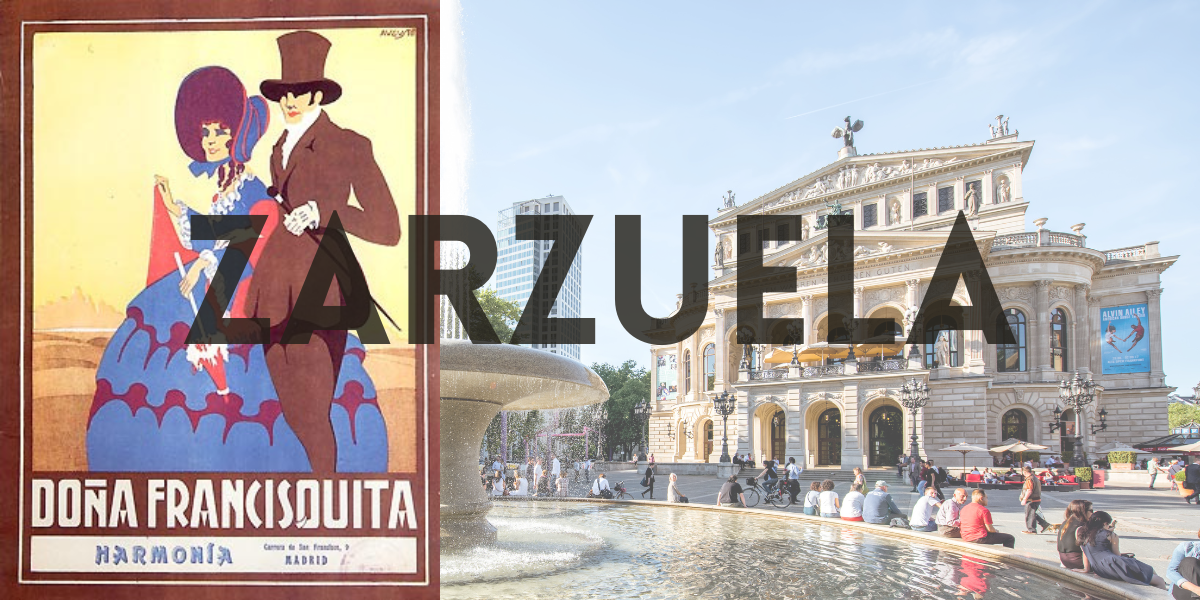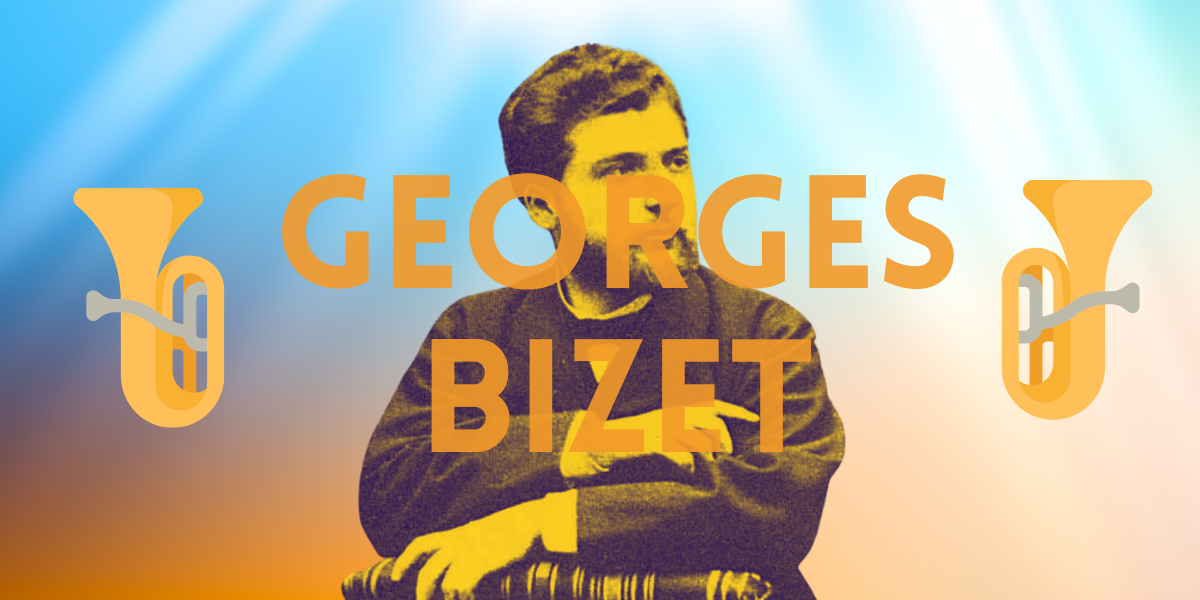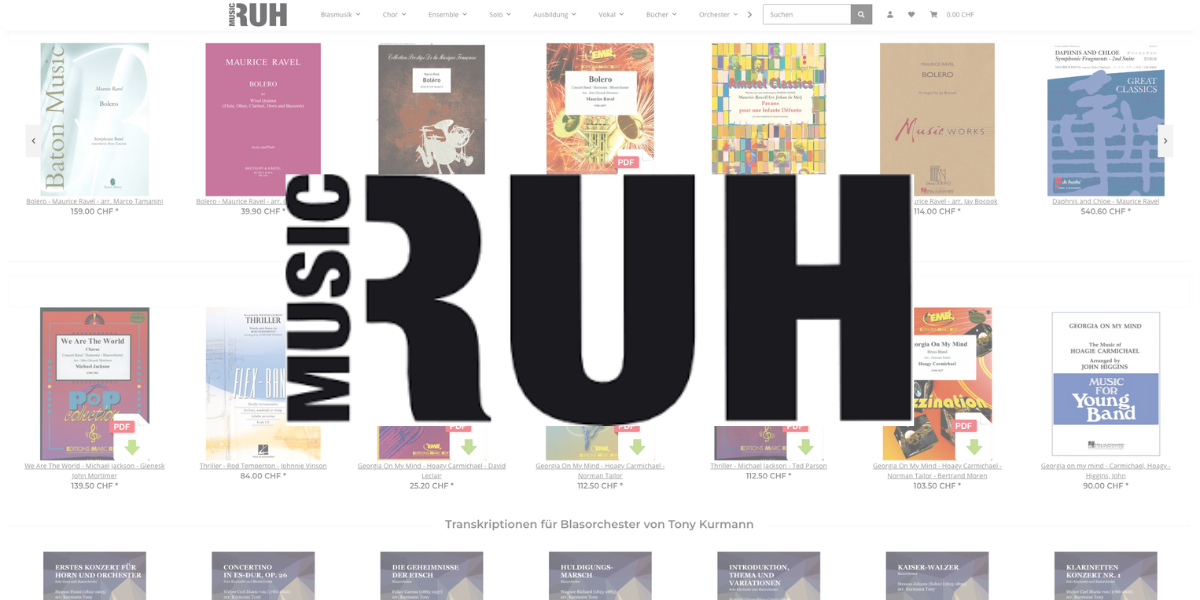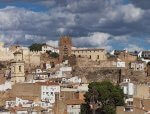The world of music offers numerous forms and styles that have evolved over the centuries. One of the unique and multifaceted forms is the zarzuela, a Spanish musical genre that combines elements of opera and operetta. With its exciting stories, catchy melodies and deep cultural heritage, the zarzuela has not only left its mark on Spain, but has also won fans worldwide.
Origins of the zarzuela
The roots of the zarzuela go back to the 17th century, specifically to the reign of Felipe IV. The first zarzuelas, originally conceived as entertaining pieces for the royal court, were created in the royal villas near Madrid. The name “zarzuela” is derived from “La Zarzuela”, a country house where these early theatrical performances took place. These first works were mainly written in the Spanish vernacular and combined singing, dancing and acting, making them appealing to a wide audience.
Over the course of the 18th century, the zarzuela continued to evolve, incorporating elements of Italian opera, French operetta and even folk music. This fusion led to a variety of styles within the zarzuela, making it a dynamic genre.
Development through the centuries
The zarzuela experienced its heyday during the 19th century. Composers such as Francisco Álvarez García, Tomás Bretón, Manuel de Falla and later Joaquín Turina made a decisive contribution to the popularity of this genre. The shorter works, known as “zarzuela grande”, were complemented by extensive and elaborate productions that dealt with more serious themes. This great variety meant that the zarzuela was attractive to both the common people and the educated classes.
The social developments in 20th century Spain, in particular the political upheavals and the civil war, presented the zarzuela with new challenges. But even during this time, the zarzuela found ways to adapt and be reborn. It experienced a comeback in the 1960s, when a new generation of artists became enthusiastic about the nostalgic and often humorous stories of the zarzuela.
Cultural significance
The zarzuela is not only an important musical form, but also a reflection of Spanish culture and identity. Its themes and characters often contain elements of everyday life, Spanish traditions and a deep-rooted attachment to the homeland. These themes make the zarzuela comprehensible to the audience and invite them to identify emotionally with the characters and their fates.
Musical features
Musically, the zarzuela is a refreshing hybrid genre. It incorporates elements from different musical styles, including folklore, classical music and even tango. The music is often lively and rhythmic, which emphasizes the deep emotions of the characters. Often the melodies are catchy, with clear choruses that encourage sing-alongs. These characteristics are continued in the various forms of zarzuela – from the “zarzuela grande” to the shorter “zarzuela chica”.
Accompanying the music, a lot of emphasis is also placed on the dance and movement element. The choreographic interludes are often an integral part of the performance, which helps to drive the plot forward and take the audience on an emotional journey.
The zarzuela today
Today, the zarzuela is experiencing a renaissance, both in Spain and internationally. Theaters, opera houses and festivals are dedicated to performing zarzuela pieces, and modern composers are experimenting with new interpretations. The appeal of the zarzuela remains unbroken, as it has the ability to combine tradition and innovation and to link past and present.
In addition, the increasingly globalized world has led to zarzuela finding a place in other countries, resulting in a growing diversity of styles and performance types. This opens the doors for a new generation of audiences to discover and appreciate this form of musical theater.
Conclusion
The zarzuela is more than just a musical form; it is a living legacy of Spain and an important chapter in the history of musical theater. Its development over the centuries bears witness to a rich cultural tradition and the ability to constantly renew itself. In a world that is often characterized by rapid change, the zarzuela is a timeless pleasure that touches both the heart and the ear. Embarking on a journey into the world of zarzuela opens up a kaleidoscope of music, emotions and stories that connect us all – no matter where we come from.











